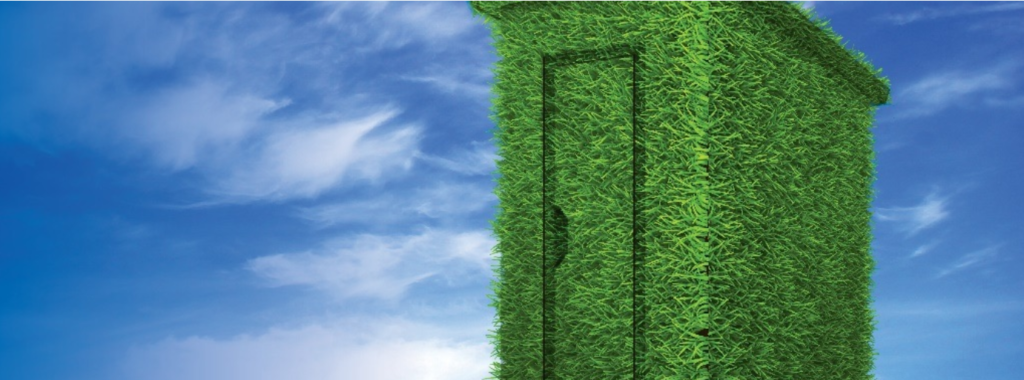Peat for dry toilet

The peat dry closet is the optimal combination of price and quality. Such dry closets take first place in terms of environmental friendliness in use. They are considered the least expensive and the safest.
How does a peat dry closet work?
- The design of a dry toilet is practically no different in meaning from ordinary city toilets. The main difference is that instead of draining with water, everything is sprinkled with peat. Peat is poured into the upper tank of the structure and after each use it is necessary to turn the dispenser handle and sprinkle everything with the peat mixture.
- To drain liquid waste that has not been absorbed into the peat, a drainage pipe is installed from the lower base of the dry closet to the street.
- To eliminate unpleasant odors, it is necessary to remove the ventilation pipe, also to the street. It is discharged into the roof or wall, but must be at least one and a half meters from the top tank of the toilet.
- If the dry closet is installed directly in a country house, it is recommended to purchase a model with a fan, thanks to which the elimination of unpleasant odors will be faster. Most models have a container in the bottom base. It allows you to empty the toilet without detaching the bottom base. This is very convenient as it does not require you to constantly disconnect the drainage hose every time you empty it.
Advantages of a peat dry closet:
- waste-free, since the contents of the toilet can be used as fertilizer;
- safe for the environment, since when using the toilet no chemicals are used, but only natural fillers;
- no unpleasant odor. Liquid and odor are absorbed by peat;
- Economy to use, because peat is inexpensive and accessible to almost everyone. ease of use
Maintenance of a peat dry closet:
It goes something like this: peat is poured into the tank located on top, after which you can immediately use the toilet. In many models, when pouring peat into a container, the dispenser handle is rotated. By turning the dispenser in different directions, you can evenly distribute the peat mixture throughout the container. When peat and waste interact, aerobic mineralization occurs, which turns them into compost. This compost is also great for caring for plants in the garden.
At the end of its service life, when peat is mixed with waste, the storage tank is emptied. For this, a separate container or a special pit is used.
Peat has a high absorption capacity, so it is used extremely sparingly. A total of a kilogram of mixture will be needed for 10 liters of water.
Emptying the tank is done approximately once a month.

